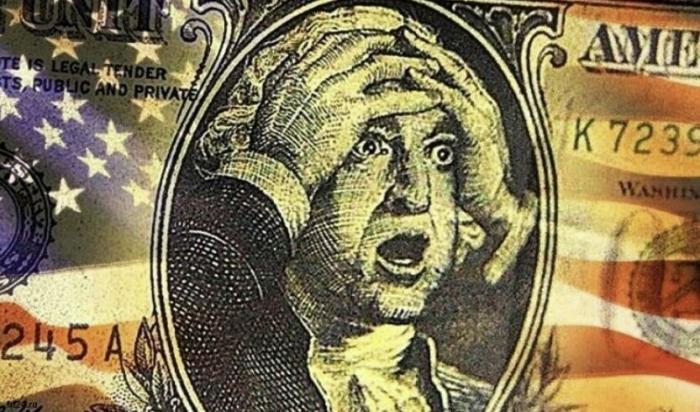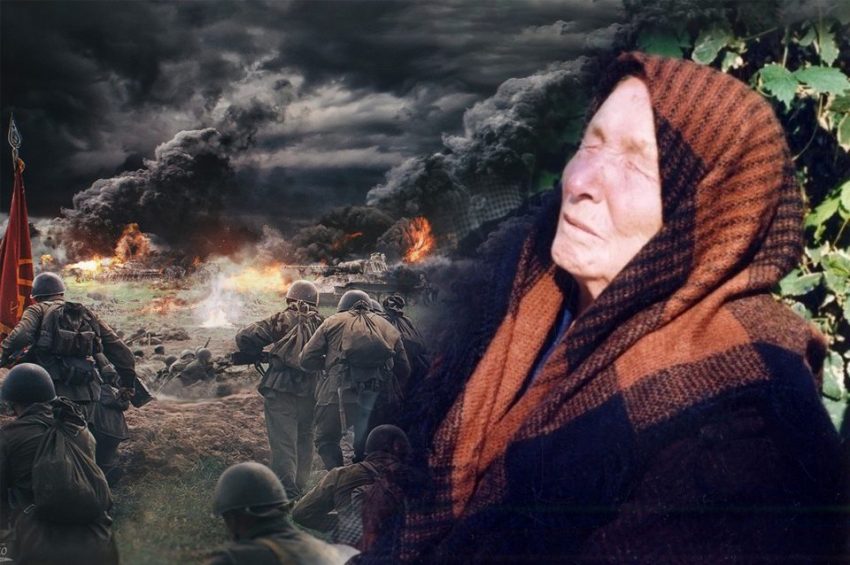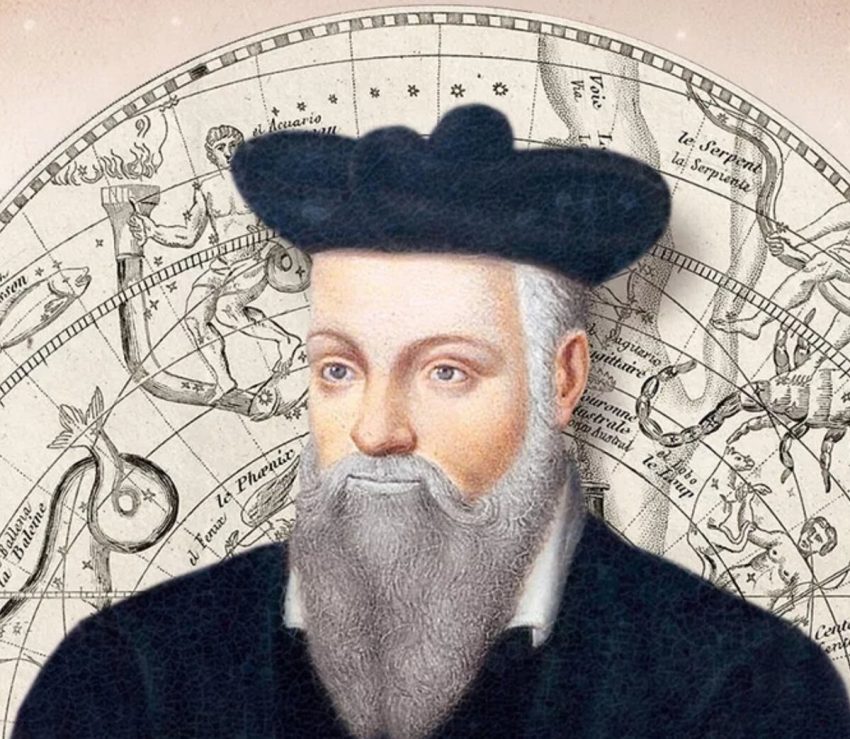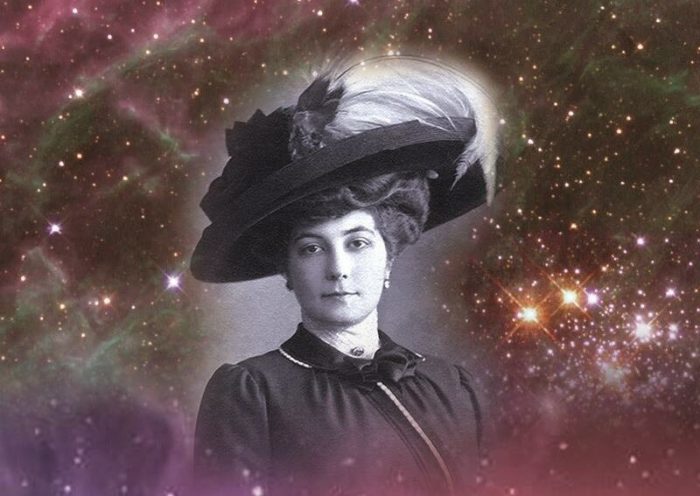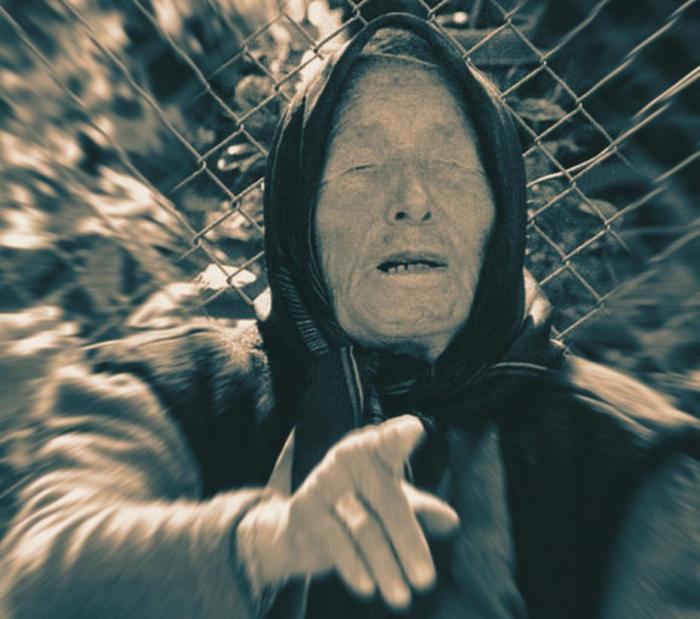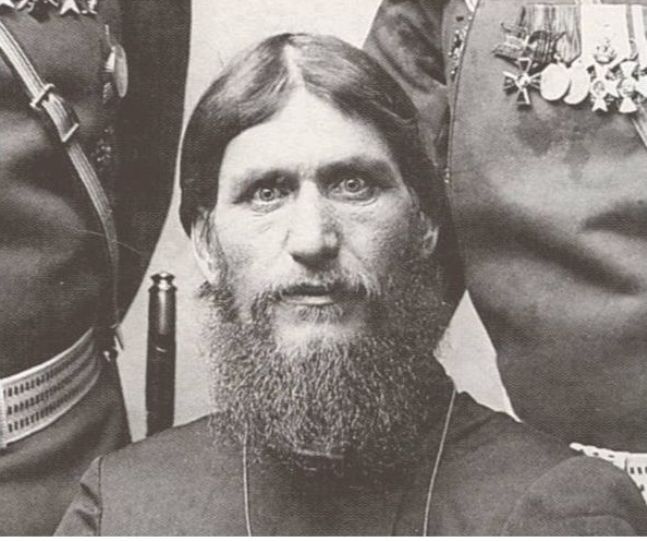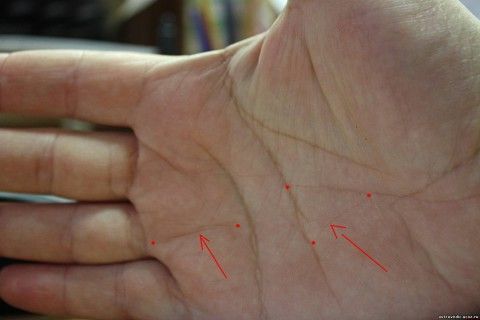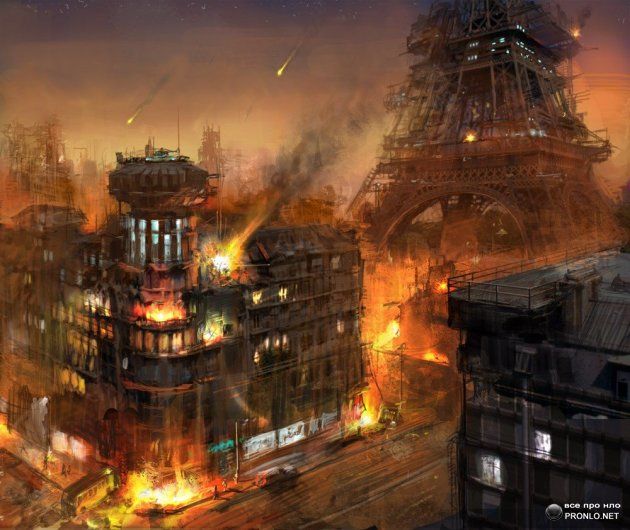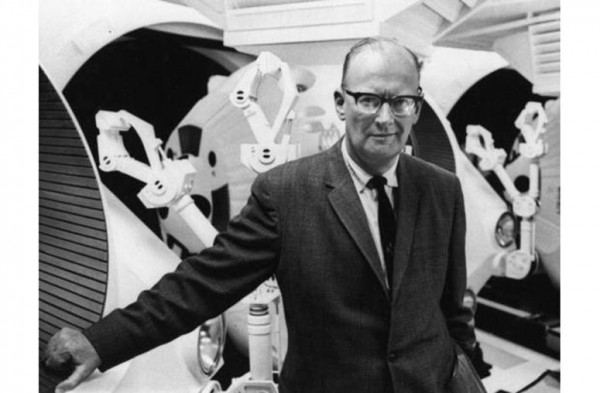How Jules Verne predicted the future in his works
Eight things that seemed fantastic in the 19th century.
1. Space flights
Jules Verne wrote extensively about space travel: the novels From the Cannon to the Moon, Around the Moon and Hector Servadac are devoted to this topic. He was the first of the writers who tried to scientifically substantiate such flights.
In one of these books, the heroes get into space with the help of a giant cannon that throws the crew to the moon. In “Hector Servadac” travelers escape from a comet in a special hot air balloon (hot air balloon) and return to Earth on it. Today, these technologies seem ridiculous, but Verne foresaw the very fact of space exploration and inspired the next generations of scientists.
2. Widespread use of aircraft and helicopters
The first aircraft appeared during the life of the writer, but then it seemed more like an extravagant device, and not the leading vehicle of the future. Vern disagreed. He described the predecessors of today’s aircraft and helicopters in the books “Robur the Conqueror”, “Lord of the World”, “The Extraordinary Adventures of the Barsac Expedition”. His “Albatross” and “Terrible” look like ordinary ships, but are lifted into the air with the help of propellers and electricity.
At the bow and stern of the Albatross, two four-blade propellers with a large pitch are mounted on horizontal axes; these propellers can rotate in opposite directions, moving the aircraft forward or backward in a horizontal plane. Their diameter is larger than that of the foot screws, and they can also rotate at extraordinary speeds.
Jules Verne, Robur the Conqueror
In addition, Verne predicted the widespread use of aluminum in the aerospace industry. In the 19th century, this material was very expensive, and the idea of machines from it was perceived by contemporaries as absurd.
3. Fast Submersibles
Underwater shipbuilding appeared long before Vern, but it was he who predicted the development of this type of technology. In his time, submarines could sink very shallow and moved very slowly. Captain Nemo’s Nautilus, described in the novel Twenty Thousand Leagues Under the Sea, was superior to them in every way. Even today, some of its technical characteristics remain fantastic.
But Vern foresaw the general trends. Autonomous submarines capable of long journeys, exploring the depths of the sea, going to the Pole under the ice – all this has become a reality.
4. The appearance of a modern city
In the early 1860s, Verne created a dystopia about life in Paris in the 20th century. He described a world where society values technology and commerce first and foremost. People live and work in skyscrapers, drive cars and high-speed trains. Huge shops appeared in the city. The streets are brightly lit at night, and criminals are executed by electric shock.
During Verne’s lifetime, the publishers did not accept Paris in the 20th Century, considering the work too gloomy and unrealistic. The book was published only in 1994 – after the great-great-grandson of the writer discovered the manuscript.
A more optimistic view of the future is described in the short story “A Day in the Life of an American Journalist in 2889”. In it, the characters use renewable energy sources, communicate with each other from a distance and order ready-made food at home.
Like all wealthy people of our time, Bennett, having abandoned home cooking, became a subscriber of the solid Food at Home Society. Through a complex network of pneumatic pipes, the company delivers a wide variety of dishes to customers. The system is, of course, not cheap, but the food is excellent, and most importantly, you can get rid of the unbearable breed of home cooks and cooks.
Jules Verne, One Day in the Life of an American Journalist in 2889
5. Computers, fax and internet
In Paris in the 20th Century, Verne has sophisticated computers powered by electricity. They perform various operations in banks and are able to transfer information to each other over great distances. This became the prototype of computers and the Internet. The other machines he described (“photographic telegraphy”) are the forerunners of the fax machine.
The machines really looked like huge pianos; by pressing the buttons of the keyboard, it was possible to immediately calculate the amounts, balances, products, coefficients, proportions, depreciation and compound interest for any time period and at any conceivable rate.
Jules Verne, “Paris in the 20th century”
The electric telegraph would have to significantly reduce the volume of correspondence, because the latest improvements allowed the sender to communicate directly with the recipient; thus the secret of the correspondence was preserved, and the largest transactions could be made at a distance.
Jules Verne, “Paris in the 20th century”
6. Video calling
In “One Day in the Year of an American Journalist in 2889,” Verne described a thing called a phonotelephot. With it, you can see the interlocutor on the screen and talk with the person, wherever he is.
The telephone, supplemented by a telephoto, is another conquest of our century! If the transmission of voice by means of electric current has existed for a long time, then the transmission of the image is a discovery of the most recent time. A valuable invention, for which Francis Bennet, contemplating his wife in the mirror of the phono-telephoto, blessed the scientist.
Jules Verne, One Day in the Life of an American Journalist in 2889
7. Holography
Verne’s novel The Castle in the Carpathians mentions a static image in space, indistinguishable from a real person. In the book, the hero sees a holographic image of the deceased beloved, takes it for reality and falls into a trap. Later it becomes known that this is a clever invention of a scientist.
With the help of mirrors tilted at a precisely calculated angle, and a powerful light source illuminating the portrait, a “living” image of Stylla arose in all the splendor of her beauty.
Jules Verne, “Castle in the Carpathians”
In fact, holography appeared only 55 years later – in 1947, and began to develop after the invention of the laser in 1960.
8. Weapons of mass destruction
In the novel Five Hundred Million Begums, one of the characters creates a prototype of a chemical weapon. The projectiles of his giant cannon contain liquefied carbon dioxide, which, when evaporated, dramatically lowers the temperature. With the help of weapons, the character is going to attack the city of his enemy. As expected, “any living creature within thirty meters of the explosion must inevitably die from this chilling temperature and from suffocation.”
And in “Paris in the 20th century” weapons systems are mentioned that can be controlled from a distance. In Verne’s universe, weapons have become so destructive that all nations have given up on war. Although the latter did not happen, much of what has been described has already become a reality.

